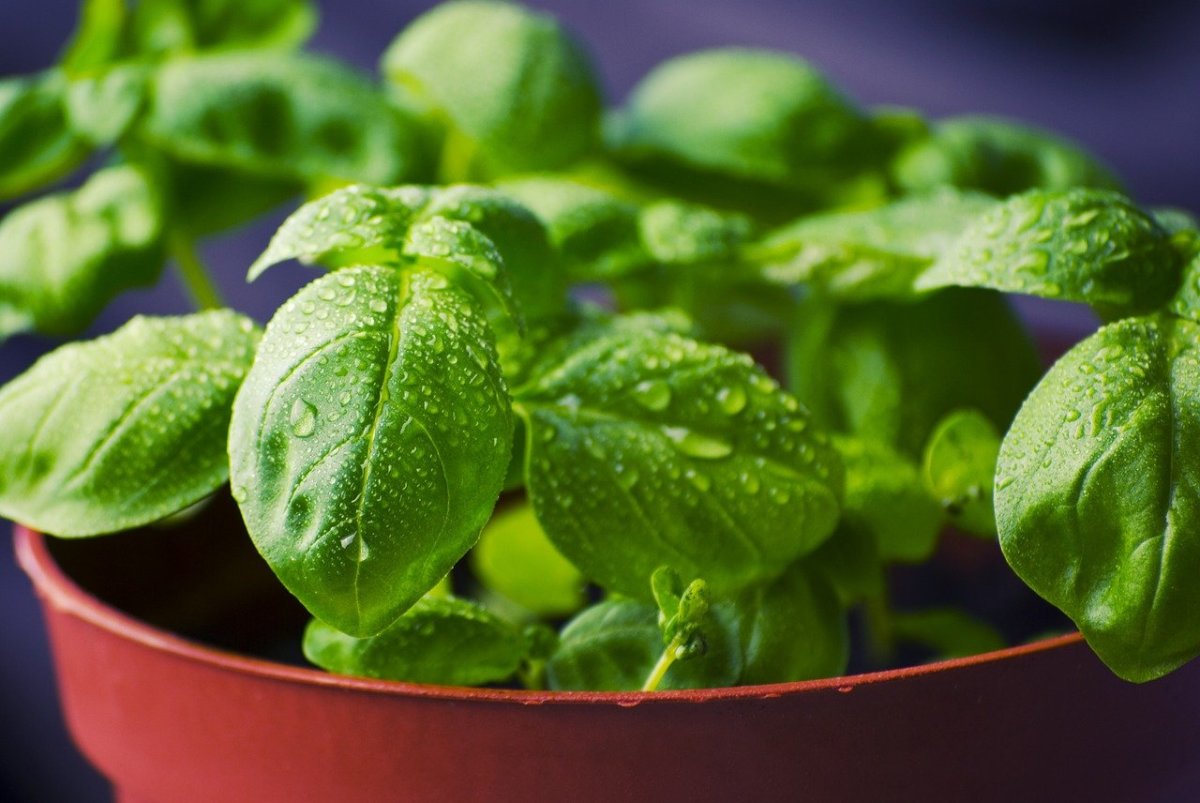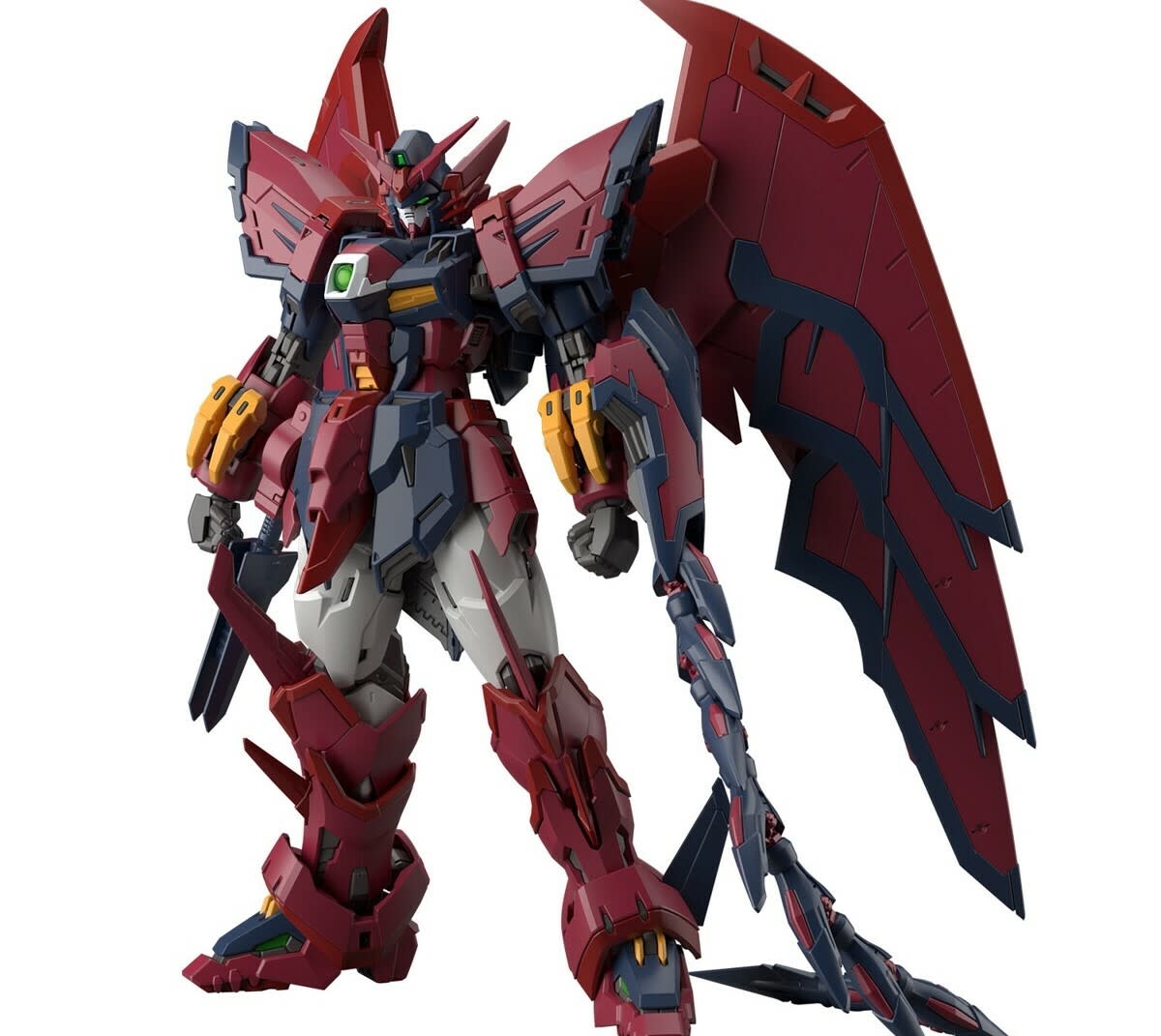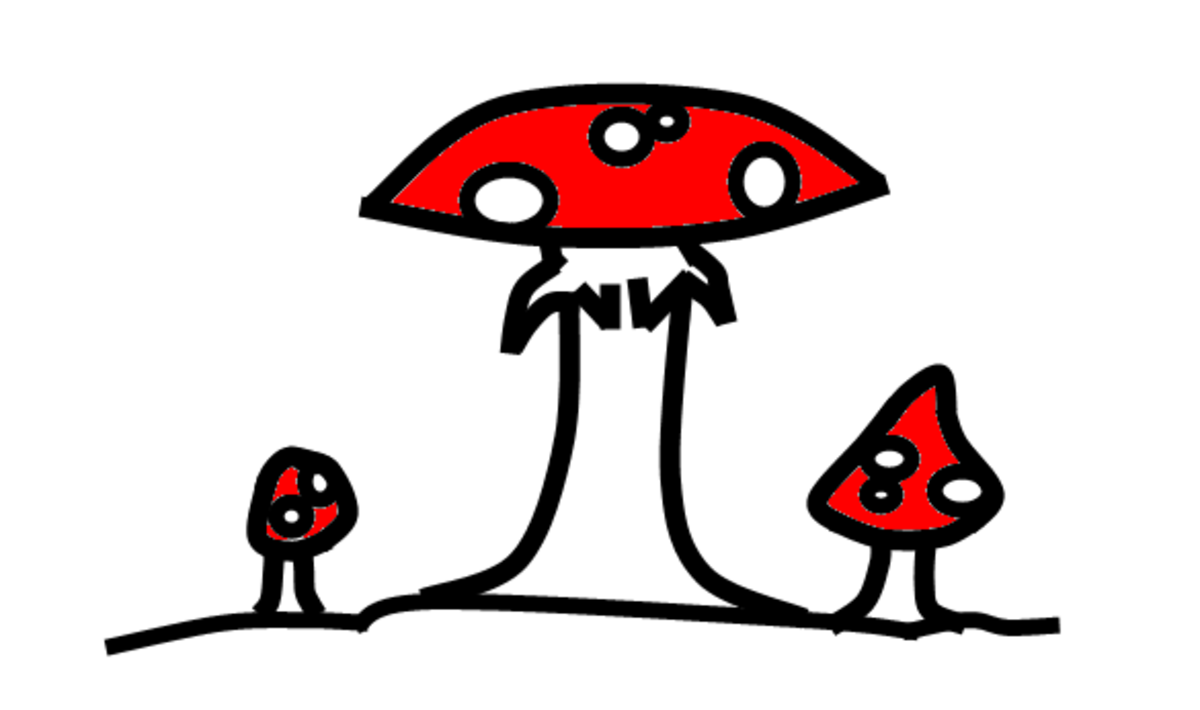Black Thumb Gardeners' Guide: Getting Things To Grow When They've Always Croaked Up Till Now
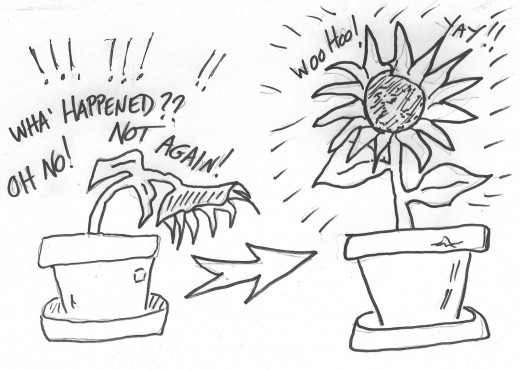
Who am I to offer you help?
Before I was a gardening writer, I was a music teacher, giving piano lessons to adult beginners. And by "beginners," I mean dropouts and the discouraged. Like those who'd like to boogie-woogie on the black and whites, people who want to grow things have usually tried, failed, and gotten their hearts broken.
Sometimes these apprentice farmers did their best, and the plants got blight or frost-bitten or made leaves but no fruit or flowers. Twenty dollars' worth of plants, soil, and fertilizer for three small hard green tomatoes, one with a worm hole in it. Sigh.
And sometimes people, feeling ambitious, brought home seedlings and then left the flats next to the driveway. They people got overwhelmed, and then never "got around" to transplanting the things because they weren't sure how.
Or they planted seeds and then never watered the garden bed. Or weeds grew quickly and overwhelmed the young tomatoes and peppers. Disgusted by the mess, the garden owner cut it all down and turned the space back into scraggly lawn.
All these people feel ashamed, and like failures. They joke about having a "black thumb," and told everything they didn't even try to grown things any more. But they feel sad because they still want to grow a nice tomato and eat it, sun-warm, standing in a nice little garden plot.
I'm here to offer hope. If it's any comfort, I'm not one of those people who does things right the first time. In fact, I do them wrong, usually, and often more than once. What I've got going for me is the willingness to solve problems as I go. Also, I do (eventually) stop doing things that don't work and (mostly) keep doing things that do work. I also get help from kind people who know what they're doing.
And frankly, I learn lots by observing others' mistakes and try to avoid those particular blunders. Here, mostly based on my blunderful history, is some advice I truly hope will be of help.
You probably won't need one of these
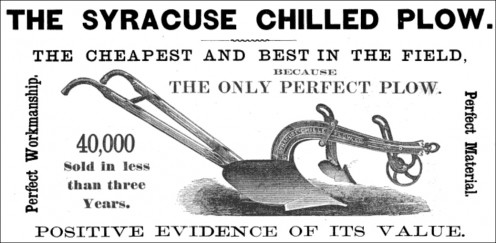
My best tip when plants won't grow? Move 'em
Currently, my potato plants are thriving, with happy vines everywhere. Last year, the vines were straggly and scraggly and the tubers, when I dug them up, were small. Same soil mix this year as last year, same watering schedule, and to my eyes, the spot I'm using now doesn't look any different. Dappled sunshine in the morning, sunny in the afternoon, both places. Even if I went out there with a light meter, I'm not sure the needle would register more than a tiny notch in either direction.
What could possibly have changed to create so much difference? Feng shui? Good thoughts while I was planting this year? Is the Moon in the seventh house, while Jupiter aligns with Mars? No clue. But the potatoes "like" it in the back right corner of the yard, and not along the fence on the other side of the yard. That's all I know and that's all I need to know.
Okay, plant, you're not happy here? Let's put you over there

The benefits of trading seeds and seedlings
Eggplants, tomatoes, and similar plants come four or six to a pack at greenhouse sales. Vegetable seed packets have enough in them to feed a large family, even if it's only you and the dog. What to do with all the extras? If you shout out that you have good stuff to share, you'll have three nice things happen:
1. You won't have too many plants to tend.
2. You will make garden pals who know a helpful tip or two.
3. You might end up trading for seeds from the best pickling cucumber in the world!
There are online seed-trading groups, mostly people looking for rarities. I've had my best luck making deals with other shoppers at the farmer's market, friends and family, neighbors. Other people to share with might be: acquaintances from work, church or synagogue or mosque, your square-dancing club, or good old Facebook.
If the seed-trading works out and you have a few folks in your gardening network, here's a handy-dandy guide to having people over for a Seed Swap at your place:
http://www.southernexposure.com/how-to-host-a-seed-swap-ezp-146.html
Parsley will usually come back year after year
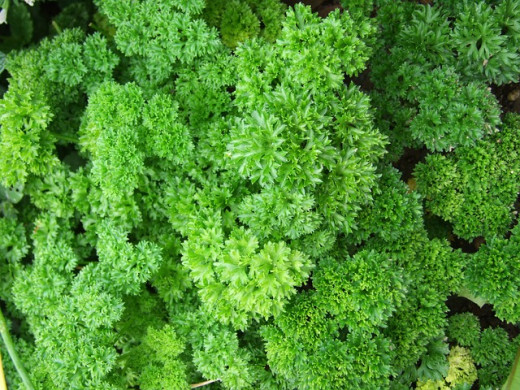
Hard to get the garden started? Just do it once and be done with it
Basically, there are three kinds of plants: annuals, perennials, and biennials. Annuals need to be grown fresh every year, Perennials and biennials are a one-time deal. (Biennials make seed the second year and re-seed the area where they grow, so they often act like a true perennial.)
Things like parsley, comfrey, chives, sage, raspberries, daylilies, and peonies come back year after year. Even some annuals won';t die off, if they are "hardy," and if where you live doesn't have really cold winters. Calendula, or pot marigold, is a hardy annual.
Now and then these plant-once items need just a little work. Maybe you weed a bit or you divide the roots if they need more space. But basically, with hardy annuals, biennials, and perennials, you do nothing and get all the benefits year after year. Sweet deal!
Play "Taps" over that failed eggplant, and move on

Let it go, to quote Elsa from the movie "Frozen"
Or maybe "Taps" is an even better musical match for this topic.
Certain crops just don't flourish under my care. While I do well with zucchini and pattypan and butternut squash, for some reason acorn squash hates me. It grows to a certain size and then it all goes wrong. Acorn squash aren't expensive to buy, and they store reasonably well, and I see them at the weekend farmers' market near my house. I just buy them.
It's hard to see a happy plant die. It's sad. Best thing to do? Toss the limp remains on the compost pile and move on. Maybe rinse your hands off under the tap before you touch any healthy plants. Then decide if "Enough Is Enough" (thank you Donna Summer & Barbra Streisand) or if you are willing to try that exact variety again. Or maybe you might try another version of the plant, a type more likely to prosper under your care. Basil, for example, comes in many colors, flavor accents, and sizes.
You know you did well when you have enough "garden truck" to fill your Mason jars
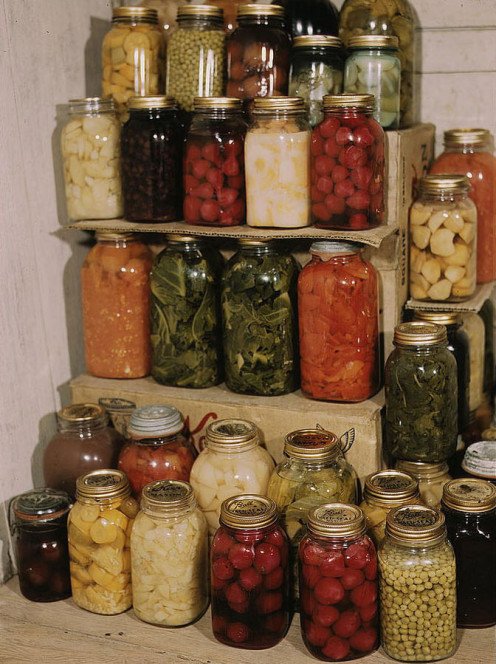
Get the seeds ready before you stick 'em in the ground
Soaking seeds before you plant them helps the radicle, the small tendril of a new sprout, push its way out through the seed hull. Soaking softens the tough hull so it will split and let the young plant emerge, like a baby chick breaking out of its shell.
Overnight soaking is usually best but sometimes I can only soak the seeds for an hour or two so I work with the time schedule I've got. Seeds with very tough hulls sometimes need to be rubbed on a piece of sandpaper or scored with the blade of an X-acto knife to help them germinate.
Some seeds, especially berries, need to be "striated,' which is a fancy way of saying chilled or frozen. Starting raspberry or blackberry seeds? Put them in the freezer for a few weeks to simulate winter conditions. This will help the berry seeds "wake up" after faux winter dormancy. Again, as with the soaking, if I can't do it for the prescribed length of time, I do what I can. If all I have is two weeks, then that's how long the blackberry seeds will be in the freezer compartment.
Beans and peas need a nitrogen-fixing product called "inoculate," which looks like finely ground coffee, applied where they are planted. Most people just dampen the beans a bit and roll them in the inoculate powder so the particles cling. This lets the peas and beans make use of available nitrogen in the soil. Nitrogen helps the plant produce the bean pods. Use fresh inoculate each year, as it loses its oomph with time.
I try and wash some of the vintage off those old pots
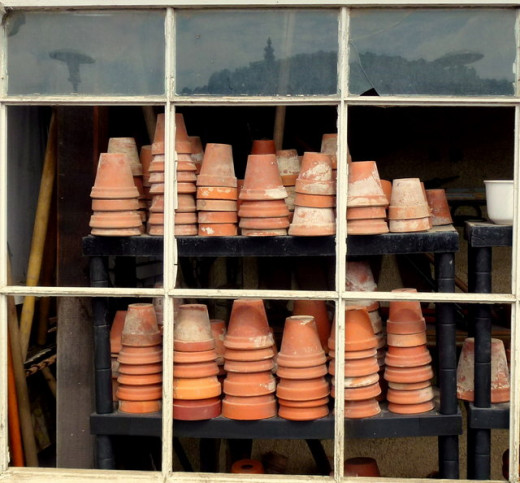
A quick Clorox dip for old pots before I reuse 'em
Think about it. That plant croaked for a reason, right? I would not want to get into a hospital bed once used by someone who died of a disease until the sheets were sterilized or possibly burned and replaced with brand-new sheets. So before re-using a planter, I dip it in a mild solution of plain bleach in tap water. When I do this, I make sure to get all parts of the pot as I could transfer crud from the outside of the pot to the inside with my besmirched hands.
I avoid letting experts take the wind out of my sails
I don't want my own public-television program on gardening. My goal is not to win the biggest-pumpkin contest at the annual Pumpkin Show in Circleville, Ohio. And I have other interests and other responsibilities besides growing vegetables and flowers. So I don't want to grow the most or the best stuff. And I want to be happy while I garden. I'm also okay with learning by painful experience.
In any skilled endeavor, there are always nice knowledgeable people and also people who, to be blunt, enjoy stifling others' joy. If my cucumbers are too small and weirdly shaped, the self-elected authority will explain at agonizing length how he or she has taken home four blue ribbons from the state fair for their amazing cucumbers, and how everyone says how good they taste, and how their vines produce so many that they load cukes into bushel baskets and drive them all over the county for distribution to the needy.
Uh, thanks, I think? What I really need is one practical bit of advice. But often I get such an earful of -- well, whatever one doesn't want in one's ear -- that I don't consider that bit of advice was worth what I paid for it in spirit. I'd rather figure my cucumber problems out by myself or wait till I luck into a friendly neighbor who will offer me a few of his wonder cucumber seeds, with a smile and no advice.
I want to grow this type of tasty tomato again!
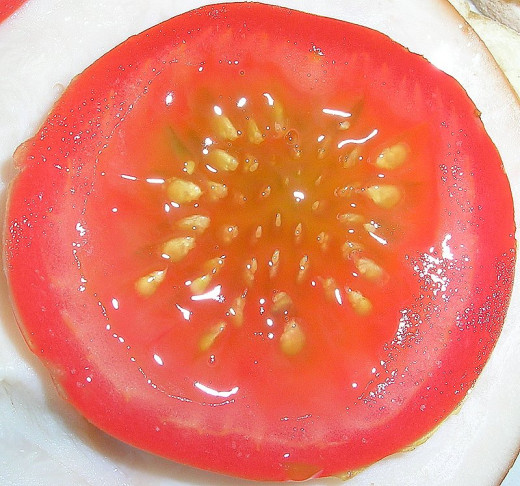
Saving seeds from plants that love me
Scarlet runner beans love me no matter where I live and no matter what I do to them. Drown 'em? Forget to water 'em? Weed only now and then? Fail to fertilize? The beans are fine with all of it. I don't neglect the garden on purpose. But things happen.
So if a plant grows well for me, I save the seeds from it to re-plant. I prefer heirloom plants in general, but the seeds I save aren't always from heirloom varieties. Hybrids will grow the plant I like too, but not always. Sometimes they revert to whatever type the plant was crossed with. But once I have been able to save "the best of the best" for two or three years, then usually I will get the plants with my preferred qualities.
Top of my preference list? Hardiness!
When I have time, I sprout 'em before I plant 'em
Beans and peas can be put on a dampened paper towel inside a sealed plastic storage bag. The bag can be laid on a sunny windowsill or on top of a radiator or refrigerator. If I plant them when they're already sprouted, they'll get a good head start.
Plants like ginger and turmeric, which grow from sprouts coming up from a rhizome-type root, also do better when sprouted. Ginger or turmeric roots don't need to be in a bag or dampened; they just sit on your windowsill and slowly wrinkle up. Then they develop little rounded nubby sprouts. When several of those are poking up, it's time to put the roots in dirt, roots up, with the tips of the new sprouts poking up aout of the soil. Both turmeric and ginger like moisture, warmth, and light.
Keep a weather eye out for frost advisories

A couple old bedsheets will keep the frost off
It's frustrating to nurture a plant all through summer and early fall and then have a surprise cold snap come in mid-September or early October and kill things. I listen to local community radio and the weather report usually has the frost warning in it for the evening of that day. A couple of old sheets thrown over the tomato patch will usually save the plants.
If frost catches me by surprise, the trick is to rinse it off with a garden hose before the sun rises high in the sky. It's not the frost per se that kills the plants but frost plus sunlight. So if frost nips my garden, I go out and spritz the frost crystals off the leaves first thing in the morning. That usually saves the plants. (Thank you to my good friend Bob B., who taught me this.)
A seed here and a seed there

Scattering seeds hither and yon
The icky things, both flora and fauna, which eat or ruin my garden goodies tend to move from one plant to the next. As a preservation measure, I frustrate the evil predators by putting a few containers of a few tomatoes over here, a few containers of peppers over there, and a few more of each planted directly into a garden bed. A couple of my plants still might croak, but by gathering them into smaller groups in three or four places, I make it less likely that they'll ALL croak.
There's another advantage to this: if I am not sure if the seeds I am planting will find some part of the garden sunny enough, or if I am wondering if a certain plant will flourish better in the ground or in a planter, I have options. If I split the seeds into thirds or fourths, then I can try some here and some there.
A realistic watering plan really works out
The real reason most people don't water the garden as often as they should is simple: watering regularly is inconvenient. What would it take for you to regularly givet the garden the water it needs?
For me personally, it really helps to keep a five-gallon plastic pail right next to the rain barrel. I'll draw off the water and pour it on the sweet corn and buckwheat and sorghum if I have the pail right there. If I have to go get the pail, I think "I'll come back and water later. . ."
No, I won't. I know me. However, if I have what I need right there, I have no excuse. (Between waterings, I store the empty pail upside-down to discourage mosquitos in case a little rainwater falls in overnight.)
Maybe for you, you can't water in the mornings because you don't have time before work. If you can water very thoroughly the night before, once the sun has set, the moisture will soak in better anyway.
Whatever will really work to get water on the plants is what it takes to make the plants happy, healthy, and productive.
Dormant isn't dead
Now I know I said earlier in this Hub that I thought you should give up, play "Taps" or "Let It Go" and go on to plant something else where something died. But that's when you're absolutely sure a plant or seeds are dead and gone.
I can't tell you how many times seeds have decided to germinate well past the time range given on the seed package. Maybe the temperature had to be in the perfect range. Maybe I planted the seeds a little too deeply, which is easy to do when seeds are very small. Or perhaps it was a moisture thing. But any number of times, I've decided to come back the next day and rake out the bed and put in a new crop, and then wake up to find a little row of green emerging when I didn't expect it.
I've also thought full-grown plants were dead but then they made it. This summer I actually pulled up a yacon (type of sweet potato) plant which had gone limp because torrential rains had flooded the container. The yacon was lying out of the container on my deck for an hour or so, waiting to be tossed into the compost pile. I was busy adding peat to the soggy soil and drilling extra drainage holes in the plastic planting tub.
When I picked up the yacon plant, which was about a foot and a half tall, I noticed the roots were firm and still had little "sucker" rootlets on them. I stuck the plant back into the less-wet soil and even though we then had a heat wave that stressed it further, the yacon not only lived but is thriving. I can't tell that anything bad ever happened to it.
Overwintered pepper plant, a tender annual
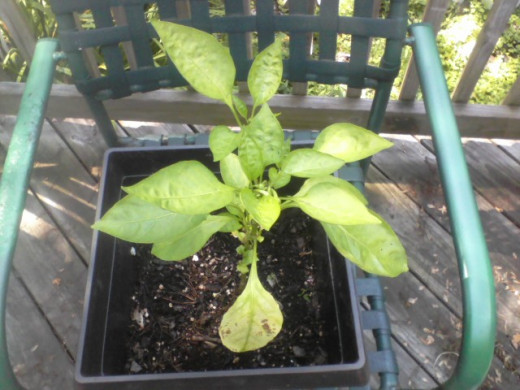
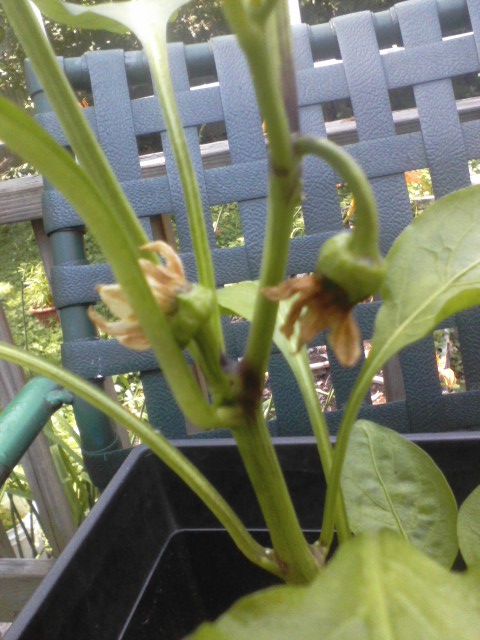
I can overwinter tender annuals to give them more time to grow
Plants don't have a calendar, fortunately. If my seeds went in late, or if weather kept my plants from developing, or if cold temperatures set in weeks early, I can still save my tender annuals like peppers, tomatoes and eggplants if they are in containers.
Hardy annuals and perennials can withstand some cool weather or even frost if they are covered overnight and then uncovered the next morning. But plants which love warm weather can't take the cold. If you have space in your home, or a sunny attic or enclosed porch, or even a basement with good light coming in, you can bring plants indoors. They may not produce anything over the winter months, but they will stay alive and then when they are moved back out into warmth and light, the suspended-animation state will end and they'll return to their regularly scheduled programming.
The photos at right are of a pepper plant which spent the winter in my attic in Maine, where winters are very cold. The plant lost a couple of leaves but it got plenty of light through the attic window, and most importantly, it didn't freeze as the temperatures up there stayed above 32 degrees even though the attic isn't well insulated. Some heat from the house rose into the attic, enough to keep this pepper and some herbs and stuff going.
Organic = some loss
When I see an organic garden on a television show or in a magazine, and the plants are all perfect and disease-free with no insect damage, I think "hmmmm." I choose to grow organic vegetables, and I plant enough of each thing to cover the losses I'll suffer because I didn't spray on any insecticides, fungicides, or weed killers.
The problem with bugs is that they just wait for an opportunity. It's like having to defend a walled city. All invaders have to do is hang out and take advantage for that brief moment when the watchtower guard goes off-duty to relieve himself, or when you haveto open the gate to let in a supply shipment. Then the bad guys make their move, and it's over.
I tried so hard to protect my cabbage leaves from caterpillars this year. I sprayed non-toxic B.t. on them, and then re-sprayed again when the rain washed the spray off. I planted the cabbage and broccoli among the striped clover plants in the garden bed to try and camouflage them from the moths. Darn bugs got some of the cabbages anyway.
My choice to cope? I plant a lot, and accept that the critters and crawly things will get some of the veggies. The only way to keep that from happening is to use sprays I don't want on my food. So if I need twelve cabbage plants and six broccoli plants, I plant twenty cabbages and ten or twelve broccoli starts. If they all do great, I give some to friends.
Plants don't like "wet feet"
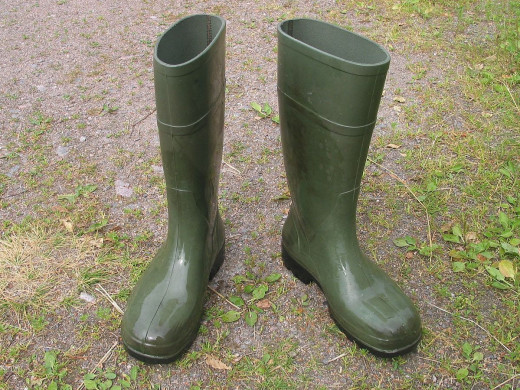
"Wet feet" are bad news
Gardeners call it "wet feet" when plants are rooted down into a layer of very wet soil that's several inches down from the surface. From a gardener's point of view, we only see the part of the plant that's growing up toward the sun, but of course the "as above, so below" idea includes plants.
Their structure is balanced with about as much root as leafiness. The stems and leaves can look fine, but there may be trouble down where we can't see. The roots have to spread out down quite a ways, both the actual root of the plant itself and the part called the taproot. If the garden soil has drainage issues eight or ten inches down, the plants can be in trouble which doesn't show until floliage starts to droop.
The soil can seem fine for the first three or four inches, but if you go down a little more, you hit a mucky layer where rain or the water from your garden hose is gathering. Perhaps the soil has a lot of clay, or there's no slope for the water to follow. Maybe the soil and roots are compacted very tightly together. Whatever the reason, water is settling at a certain level and not draining away.
Drainage is essential. Drought will eventually kill off a plant, but for a while. Many growing things can survive a dry spell. But rot under the soil surface will kill off a plant in a way that guarantees it can't come back. If the root softens and blackens, the cells can't do their job. If the roots don't bring water and nutrients up to the plant, it can't live.
Before you plant in a mucky spot, you can add peat to the garden soil to dry it out, or mix in sand, which separates the dirt particles and lets water run through. If this isn't enough to keep the soil bed reasonably dry, then you figure out where the slope lies and dig a channel away from the lowest corner of the garden bed to encourage water to seep away.
If you can't fix the drainage issue, then the next best solution is to plant annuals and perennials which will tolerate wet soil. Coleus and impatiens are both okay with a lot of moisture. Rushes and cattails are marsh plants which really like water. Leafy greens will do all right in wet soil, as will arrowhead, ferns, lemongrass, and watercress.
Radishes growing, growing
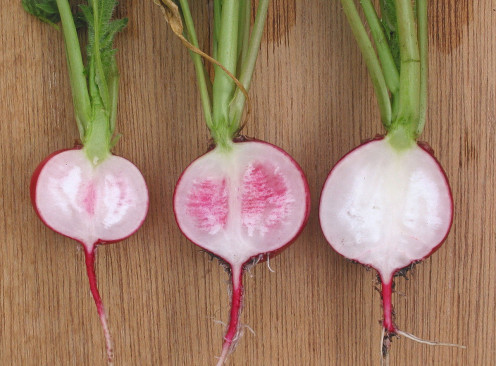
Gaps in the garden bed? Plant radishes
It's depressing to look at the bare spot where the beets didn't come up. If you are pretty darn sure those beets aren't going to find their way up to the sunlight, what's your go-to plant?
Mine's the radish. Radishes always grow, even if I don't soak the seeds. They grow in poor to middling soil. They develop quickly. I can eat them as sprouts, too.
Apply first aid and maybe you can save your garden!

If it's not totally dead, maybe it can be revived
When a plant starts to go south, there's an urge within all of us to give up on it and let it die. Resist that urge! You have time and money and love invested in that plant. See if you can bring it back to life.
Ways to fix common problems:
If the plant is too tall and hasn't leafed out: cut it back as much as you can while preserving at least four to six leaves for the plant to use to create more energy for itself. This will encourage it to spread out more.
Plant has stopped growing and is starting to go to seed: pinch off seed stems.
Icky stuff or insect holes on some of the leaves: remove damaged leaves or damaged tip if most of the leaf is good. Try not to touch healthy leaves till you have disposed of unhealthy leaves (gather up fallen leaves from soil around plant too) and washed your hands.
Plant is withered from being underwatered: wait to water till the sun is down or shade falls over the plant. Warm the water to prevent shock from cold water. You can't water two weeks' worth in two minutes. It's much better to lightly water and let the plant take in some moisture, then in an hour or two, go back and lightly water again. Lack of water may require the plant to develop new intake capability. Go slowly and use patience as the plant recovers.
Plant roots are sitting in water or wet mud: rather than have the plant rot to death, it makes sense to gently dig it up and either move it to a drier spot, taking your chances on transplant shock, or to add peat moss to the muddy soil and then replace the plant where it was. Roots in water for a while will definitely rot. Moving the plant or adding peat moss might not work, but then again it might and it's better to try your best than just sadly watch your plant croak.
If you are pretty sure the plant won't make it, you can sometimes at least take a cutting or two. Start the bit of stem-and-leaf in water, damp potting soil, or damp perlite. This may actually let you sidestep whatever issue the plant had which sent it downhill.
Why is that garden so perfect while mine looks like THIS?
Over time, I've learned to recognize the work of professionals. I used to gaze at amazingly well-kept gardens and wonder why mine had all these unsightly issues. Eventually I figured out that when I compared my garden to the one up the street, which teems with gorgeous produce and endless arrays of pleasing color combinations, that I was comparing apples to oranges. I do all the work on mine myself, whereas that perfect one is not an amateur effort. Just because someone's house isn't a mansion, it doesn't mean they don't pay pros to come bring the very best dirt and the very best nutrients and the very best plant starts. Or maybe their son-in-law owes them big time and he spends long weekends there. However it gets done, it's not one person doing it alone.
When that old North Wind starts to blow. . .

I can always blame the weather
I can water if it doesn't rain. I can cover plants overnight with a tarp or an old sheet if it's going to freeze. I can plant the seeds after the last frost of spring and choose varieties which will mature before the first frost of autumn. I can even put a little greenhouse in the backyard.
But if the sun doesn't shine, I can't do a thing about that. And there's the sudden windstorm that knocks down most of my sweet corn. And then there's the year it rains and then rains again and then, after a short pause, rains a third time. Nothing ever dries out and developing fruit, berries, and vegetables develop mold or rot.
I've rarely gardened in a year when everything grew well. If it was sizzling hot, the tomatoes and peppers and basil all flourished but the squash blossoms withered into overheated nothingness before they could form into edible goodness.
On the other hand, I've rarely gardened in a year when everything died. There was the year when almost everything died because it was so hot and dry, but the green beans grew like crazy. Boy, did we eat green beans that year. Wow. I still like them, but not as much as I did before that Green Bean Summer.
Thank you for reading this!
I enjoy being part of the HubPages community, and I like clicking the "Explore" tab to see where it will take me. I appreciate your stopping by to take a look and it's extra nice for me, the author, that you got down here to the end of the Hub! Your comments are very welcome, and of course I'd love to come see what you have contributed if you're a Hubber.
Miracle coleus plants :)
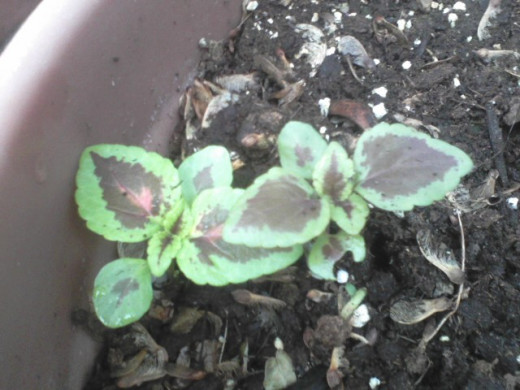
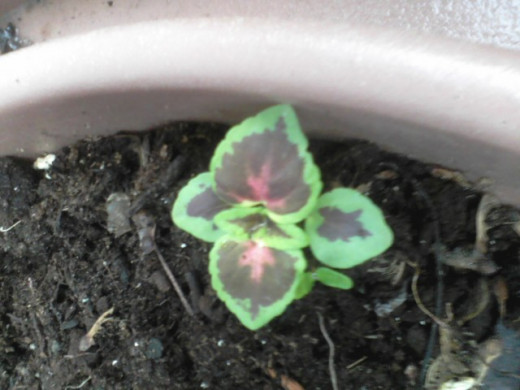
Update -- optimism rewarded!
Earlier in the summer, the heavy-duty recycling bins supporting my rain barrel failed when storms made the barrel incredibly heavy. The whole thing tipped over, as documented humorously here
http://mgseltzer.hubpages.com/hub/The-Wreck-of-The-Hesperus-or-My-Rain-Barrel-Almost-Fell-Over
and a lot of the dirt in the planter-style top, where I planted coleus seeds, spilled out.
This was a disappointment as my coleus seeds didn't germinate last year, and I have a tradition of putting out a few of these "Grandma" plants.
I scooped the spilled dirt mostly back in, added a bit more, and planted some corn salad, the last of which I harvested this morning. And what did I spy with my little eye? The photos tell the story.


